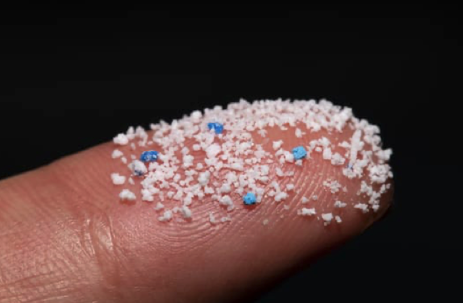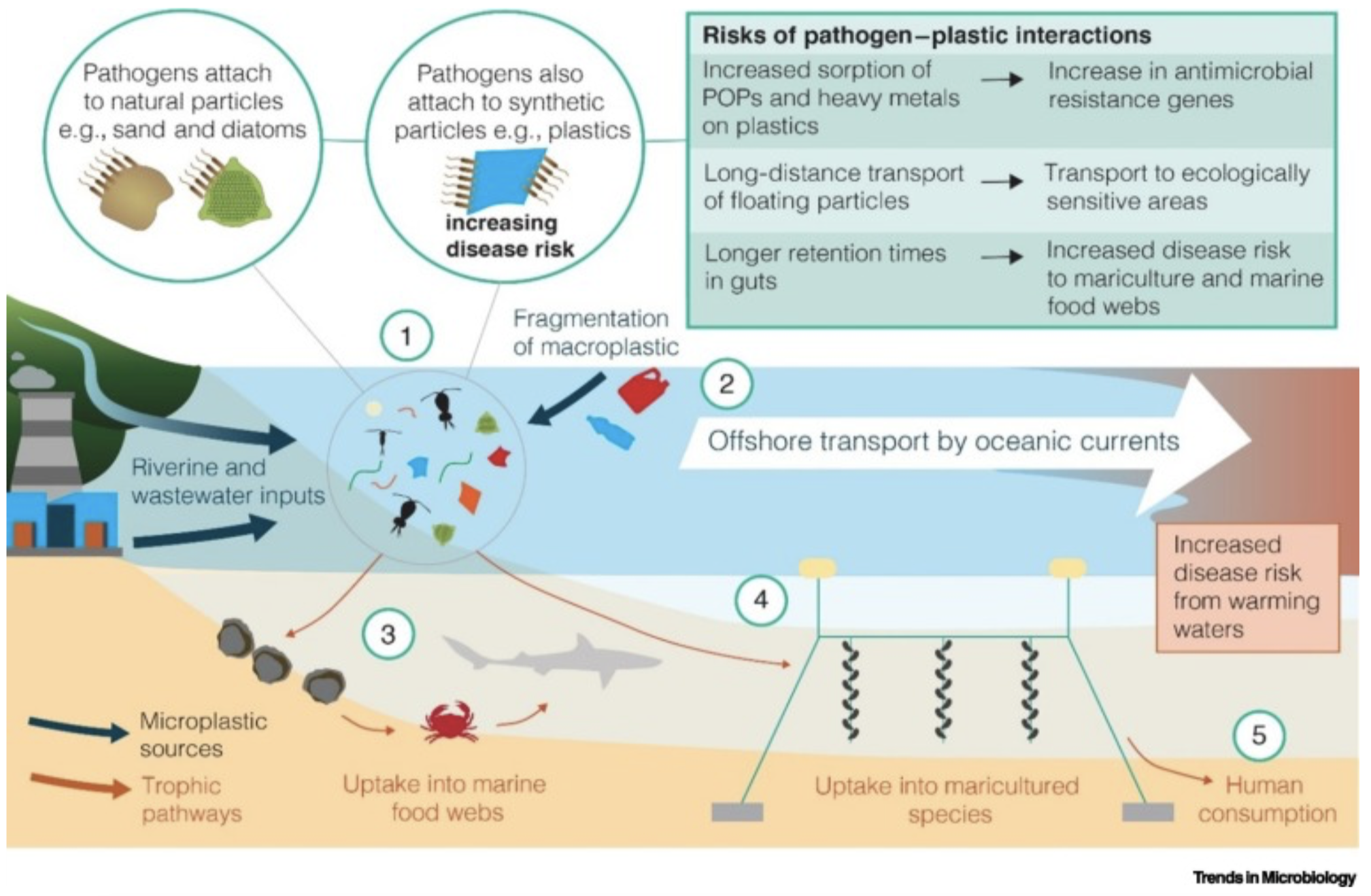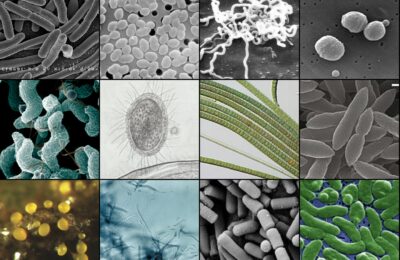Plastic is abundant in the ocean ecosystem. Not only is it harmful to marine animals, but as scientists discovered, it also transports disease-causing bacteria around the ocean. How can the plastic debris in the ocean spread sickness?
Citation: Bowley, J., Baker-Austin, C., Porter, A., Hartnell, R., Lewis, C., 2021. Oceanic Hitchhikers – Assessing Pathogen Risks from Marine Microplastic. Trends in Microbiology 29, 107–116. https://doi.org/10.1016/j.tim.2020.06.011
The plastisphere is a home for bacteria
Bacteria rarely grow just by floating about in the ocean. Instead, they thrive by anchoring themselves to a hard surface. Microplastics (small plastic pieces) in the ocean are perfect for bacterial cells to grow. Scientists found that the plastisphere, the region surrounding microplastics, can serve as a ‘home’ for cells that cause disease, called pathogens.

Plastic transports pathogens
Once in seawater, microplastics become sticky. Now bacterial cells can easily stick to them and travel thousands of miles in the ocean as pieces of plastic drift with currents. Scientists found that some traveling microplastics harbor a harmful type of bacteria that called Vibrio spp. Other antibiotic-resistant bacteria could also lurk on microplastics. These antibiotic-resistant bacteria are dangerous because they cannot be killed with antibiotics, causing infections that are very difficult to treat – in marine animals and also in humans.
Even worse, antibiotic resistance could bloom at alarming rates because of the microplastic infestation of the ocean, spreading to bacteria that are currently controlled by antibiotics. Scientists worry that microplastics may be hotbeds of bacterial mutations, where bacterial cells are free to swap genetic material and learn from one another how to fight antibiotics. Indeed, there are hundreds times more antibiotic-resistant bacteria higher on microplastic surfaces than in the surrounding seawater.

Pathogenic bacteria in your lobster roll?
So, how can those dangerous pathogens get to us? The answer: through our food. Aquaculture is a fast-growing food source. It provides our favorite seafood restaurants with fish and shellfish like shrimp and lobster. We already know that shellfish can be contaminated with microplastics. Now, it is important to understand the risk of pathogen transport associated with them. Scientists described five different ways in which that pathogen-associated plastic can interfere with the marine food web (see image above). Plastic infected with dangerous bacteria can get into the aquaculture industry – which already faces the huge issue of diseases among farmed marine animals. In fact, Vibrio spp., observed on microplastic, can trigger mass mortality in young molluscs and infect humans. There is no telling whether eating seafood is even more dangerous now. One way to make yourself safe is to make sure you fully cook your food before eating. It won’t get rid of microplastic parts in your shrimp scampi, but high temperature may fend off lurking bacterial infections.

The future of pathogen transport via plastic
Scientists have turned to recent technological advances to understand pathogen transport in the ocean via plastic pieces. Analyzing bacterial DNA can reveal what species of bacteria is present in different location in the ocean, which will help understand how different marine species interact with microplastics. Advanced microscopy also allows scientists to get a glimpse at how bacteria live on the microplastic surface. Together, these methods will help scientists understand how dangerous bacteria emerge and spread on microplastics in the ocean. Knowing this will help protect the health of marine life and humans.
Until then, it is also important to figure out a way to deal with microplastic pollution in the ocean. So if you see a plastic bag floating by your favorite beach, consider fishing it out – to protect ocean creatures and also your own health.
I love writing of all kinds. As a PhD student at the Graduate School of Oceanography (URI), I use using genetic techniques to study phytoplankton diversity. I am interested in understanding how environmental stressors associated with climate change affect phytoplankton community dynamics and thus, overall ecosystem function. Prior to graduate school, I spent two years as a plankton analyst in the Marine Invasions Lab at the Smithsonian Environmental Research Center (SERC) studying phytoplankton in ballast water of cargo ships and gaining experience with phytoplankton taxonomy and culturing techniques. In my free time I enjoy making my own pottery and hiking in the White Mountains (NH).

